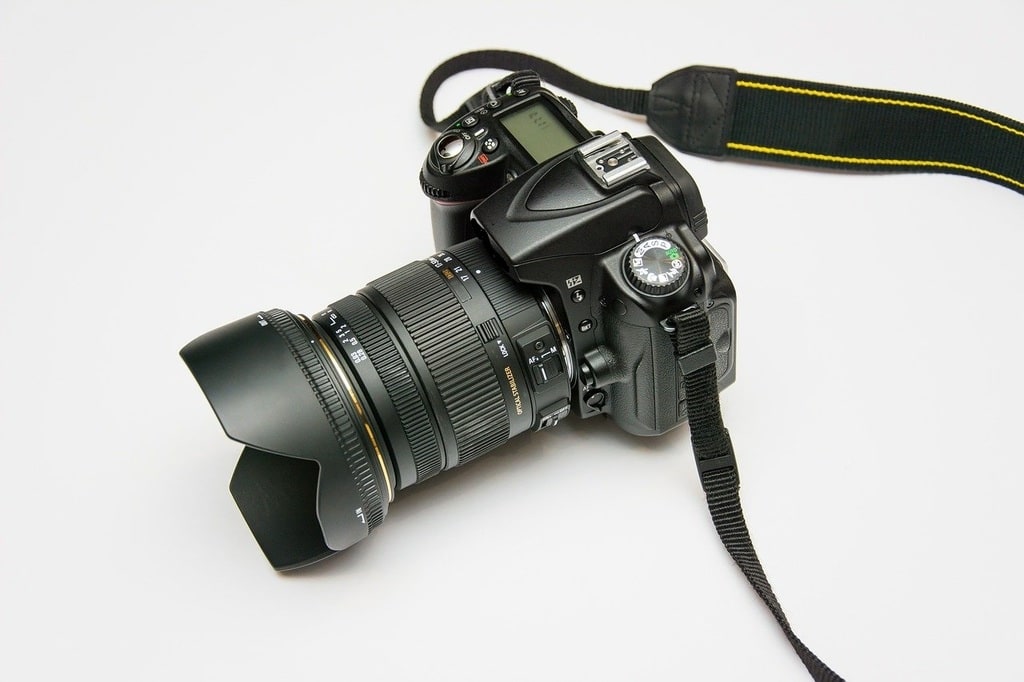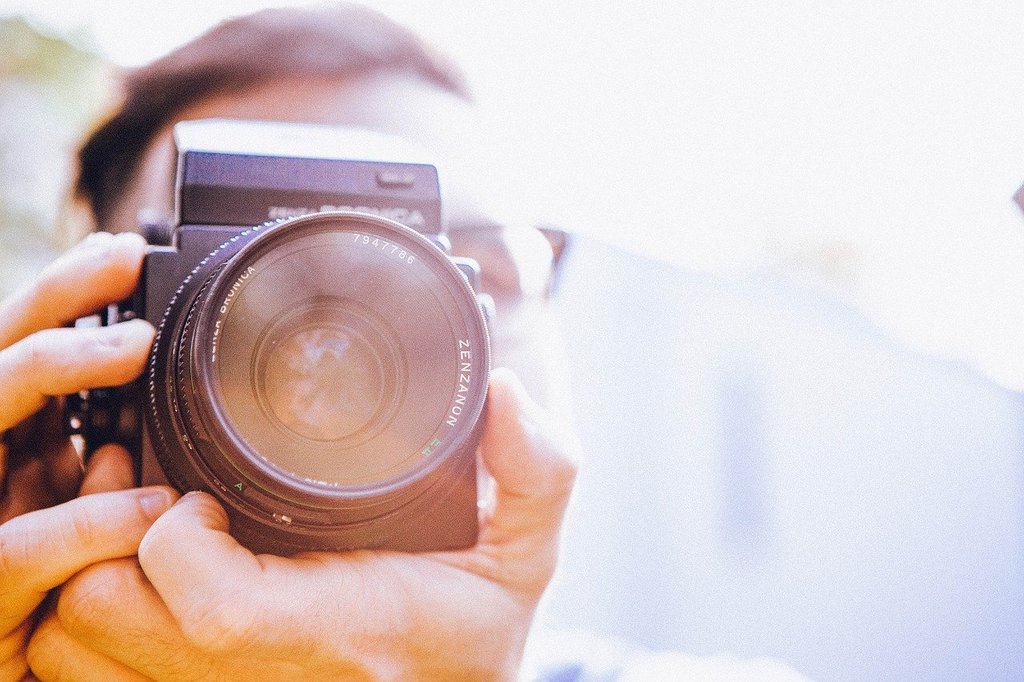
Tips for capturing stunning food photography
13 April 2024Capturing stunning food photography can transform a simple dish into a work of art, making it irresistible and mouth-watering. Whether you’re a food blogger, a professional photographer, or just someone who loves sharing food photos on social media, mastering the art of food photography can significantly enhance your visual storytelling.
Mastering the Art of Stunning Food Photography
Food photography is not just about clicking pictures of food; it’s about creating an experience for the viewer. The right techniques can make a dish look fresh, delicious, and ready to eat. Here are some expert tips to help you capture stunning food photography that will tantalize the taste buds of your audience.
Lighting is Everything
One of the most critical aspects of food photography is lighting. Natural light is often the best option, providing a soft and appealing glow to the food. When shooting indoors, position your setup near a window with ample sunlight. Use reflectors to bounce light back onto the subject, eliminating harsh shadows. Avoid using your camera’s flash as it can create unflattering highlights and distort the food’s natural colors.
Choose the Right Background
The background plays a significant role in food photography. A clean, uncluttered background ensures that the food remains the focal point. Wooden boards, marble slabs, or neutral-colored tablecloths often work well. The background should complement the food without overpowering it. Experiment with different textures and colors to find what works best for each dish.

Play with Composition
Composition can make or break a food photo. Use the rule of thirds to create a balanced and visually appealing image. Place your subject off-center to add interest and depth. Overhead shots are perfect for flat dishes like pizzas and salads, while angled shots work well for stacked or layered dishes like burgers and cakes. Don’t be afraid to get creative with your compositions to highlight the food’s best features.
Use Props Wisely
Props can enhance a food photo by adding context and telling a story. However, it’s essential to use them wisely. Choose props that complement the dish and contribute to the overall theme. For instance, a rustic setting with wooden utensils and a burlap tablecloth can create a cozy, homey feel. Ensure that props don’t overshadow the main subject – the food should always be the star of the show.
Focus on Freshness
Fresh ingredients make food look more appealing. Ensure that herbs, vegetables, and garnishes are fresh and vibrant. If the dish looks a little dull, a quick spritz of water or a light brush of oil can make it glisten and appear more appetizing. Pay attention to details like melting cheese or glistening sauces, which can evoke a sense of taste and smell through the photo.
Pay Attention to Color
Color plays a vital role in making food photography pop. Bright, vibrant colors can make a dish look more delicious and inviting. Contrast is key – pair green vegetables with red tomatoes or yellow peppers to create a visually stimulating image. When editing, enhance the colors slightly to make them more vivid without making them look unnatural.
Post-Processing Tips
Editing can elevate your food photos from good to great. Use software like Adobe Lightroom or Photoshop to adjust the brightness, contrast, and saturation. Sharpen the image to bring out the details, and crop it to remove any distractions. However, be careful not to over-edit; the food should look as natural as possible.
Here are some additional tips to consider:
- Use a tripod: stability is key to capturing sharp images, especially in low light.
- Experiment with angles: different angles can provide unique perspectives and highlight various aspects of the dish.
- Keep the food styling simple: too much styling can make the dish look unrealistic and unappetizing.
- Use a macro lens: a macro lens can capture intricate details, making the food appear more enticing.
- Shoot quickly: fresh food can wilt or melt quickly, so work efficiently to capture it at its best.
Consistency and Practice
Achieving stunning food photography requires consistency and practice. Continuously refine your skills and experiment with different techniques. Over time, you will develop your unique style and understanding of what works best for each type of food.
Remember, food photography is an art that combines creativity, technical skills, and a keen eye for detail. By implementing these tips, you can create captivating images that not only look good but also tell a story, evoke emotions, and ultimately, make viewers hungry.